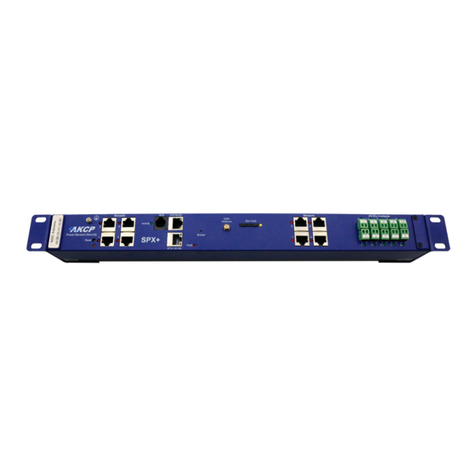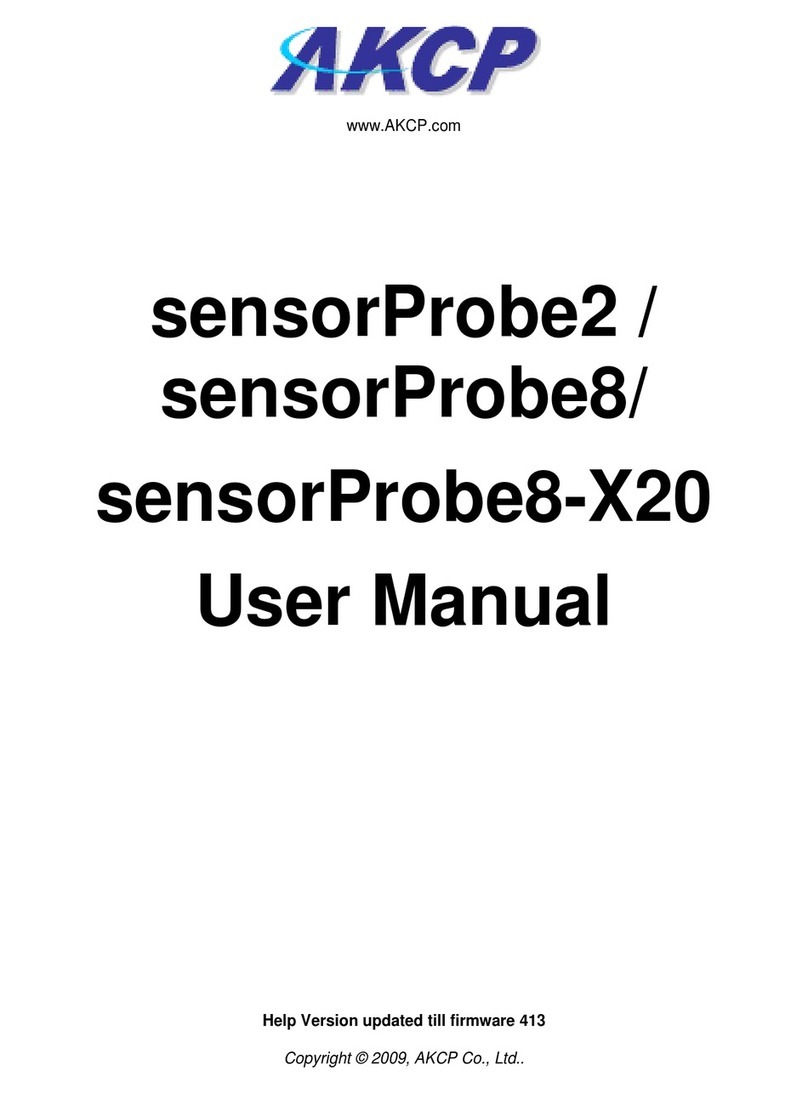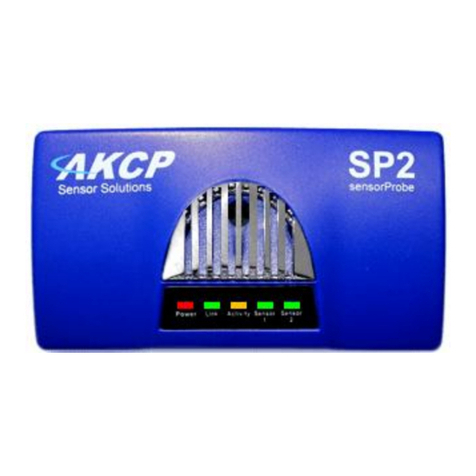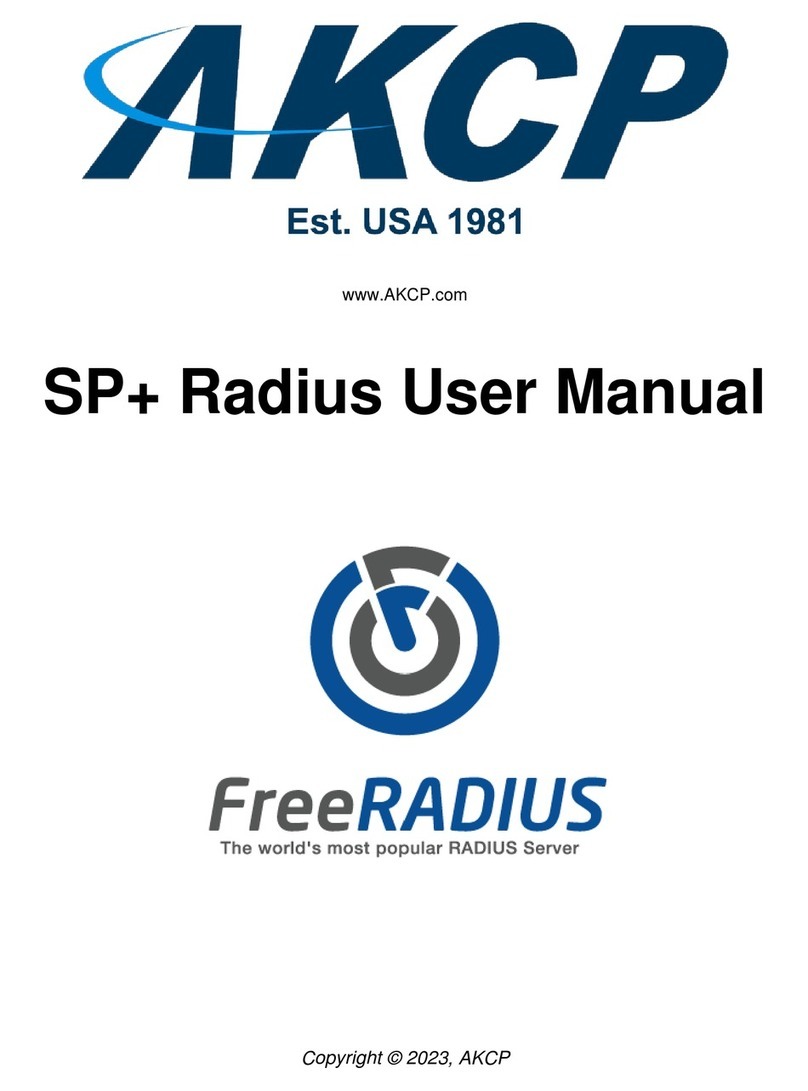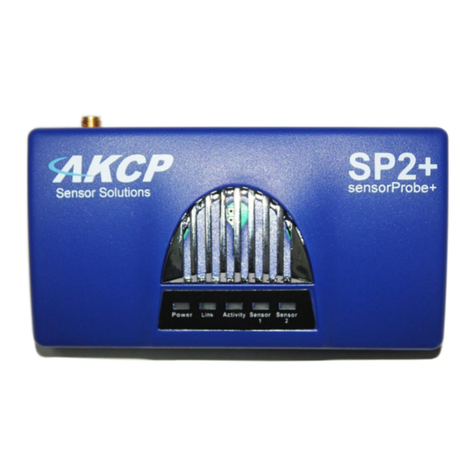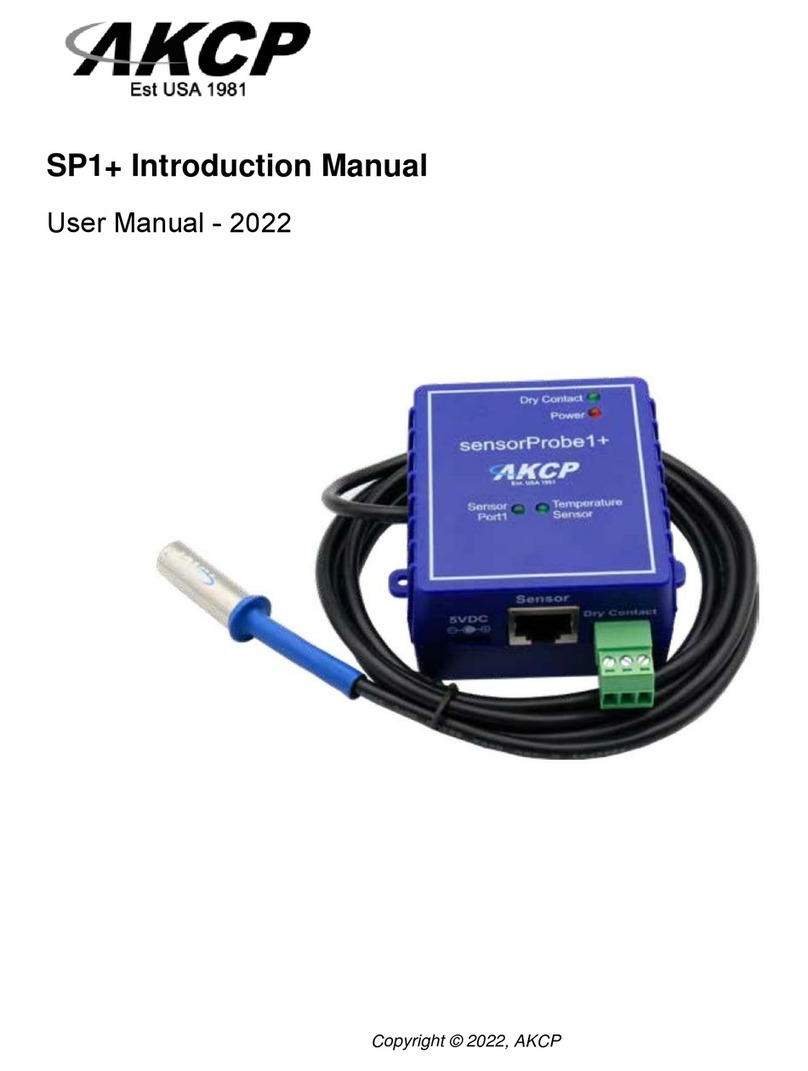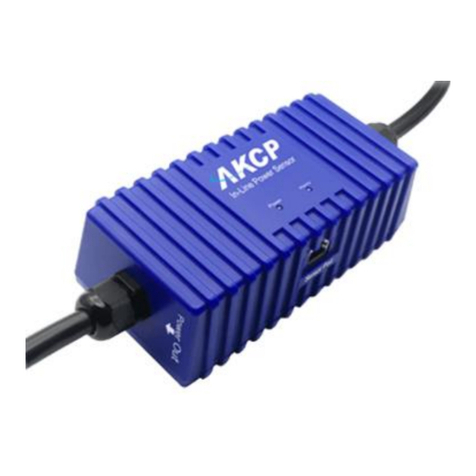
Three Phase and Three Phase CT Type PMSFL User Manual - 2
What is the Power Monitoring Sensor?
The Power Monitoring Sensor or PMS as it will be referred to through the rest of this user manual
for DIN rail Three Phase four wire and Three Phase CT Type multi-tariff energy meter with
MODBUS protocol.
The PMS can only be connected to our securityProbe base units and not the sensorProbe units.
The PMS is compatible with the securityProbe 5E, 5ES, 5ES-X20/X60, 5ESV and 5ESV-X20 and
X60 base units. The PMS is connected to the securityProbe’s RS-485 port and uses the Modbus
protocol to communicate with the PMS.
Safety instructions
Information for Your Own Safety
This manual does not contain all of the safety measures for operation of the equipment (module,
device), because special operating conditions, and local code requirements or regulations may
necessitate further measures. However, it does contain information which must be read for your
personal safety and to avoid material damages. This information is highlighted by a warning
triangle and is represented as follows, depending on the degree of potential danger.
Operation of the equipment (module, device) described in this manual may only be performed
by qualified personnel. Qualified personnel in this manual means person who are authorized to
commission, start up, ground and label devices, systems and circuits according to safety and
Regulatory standards.
Use for the intended purpose
The equipment (device, module) may only be used for the application specified in the catalogue
and the user manual, and only be connected with devices and components recommended and
approved by Forlong.
Proper handling
The prerequisites for perfect, reliable operation of the product are proper transport, proper
storage, installation and proper operation and maintenance. When operating electrical
equipment, parts of this equipment automatically carry dangerous voltages. Improper handling
can therefore result in serious injuries or material damage.
�Use only insulating tools.
This means that failure to observe the instruction can result in
death, serious injury or considerable material damage.
This means hazard of electric shock and failure to take the
necessary safety precautions will result in death, serious injury
or considerable material damage.












